Do Maldives need an introduction at all? You hear “Maldives” – you imagine the heavenly place with white sand, blue ocean and wooden villas on the water. That’s the the side of Maldives you’ll see in any blogs and in the advertising. “The sunny side of life” is Maldives motto. Which is very true – the weather here is wonderful and sun is shining the majority of days in a year. The temperatures lay between 23 grad and 31 grad Celsius which makes it pleasant yo stay here any time around the year.
Ok, just a short intro. Maldives is an archipelagic state in South Asia consisting of 26 atolls. What is an atoll? It is a ring-shaped island, including a coral rim that encircles a lagoon partially or completely.
We didn’t know what to expect from our stay in Maldives, as we, probably, as you, have seen only the bounty side of vacations in this country imposed by mass media and influencers. As we are no adherents of luxury or all-inclusive vacations and prefer paving our own way in most of the cases, staying in Maldives on a decent budget was a question mark in our heads. In fact, we realized, you can stay even more on budget that we did. You don’t have to book a posh villa on the water and have an airplane transfer. You can stay in a guesthouse and eat in local restaurants. You can take local ferries instead of private transfer (which implies more planning, of course). Taxis are cheap and prices in the supermarkets are totally fine. From the other side, the beaches are gorgeous with white sand and turquoise water. Conclusion: you can make your Maldives trip very affordable but still unforgettable.
We stayed on two islands for several days: Hulhumale and Ukulhas.
Ukulhas
Ukulhas island (full name Alifu Alifu Ukulhas) is nestled in the hectares of North Ari Atoll and stretches up to 1025 m in length and 225 m in width. As you can see it is quite small, but sufficient to host numerous hotels, restaurants and beach bars. Our favorite of the latest was Ocula, with its milk shakes, fresh juices, swings and good music.
Blooming with lush tropical vegetation, fringed with palm trees and surrounded by the white sandy beach, having an easy connection with the main island by a public ferry, Ukulhas is a must for travelers keen on experiencing the depths of Maldives and all the place has to offer.
Reaching Ukulhas from Male was easy: twice a week a public ferry departs from the Henvery terminal. It takes around 4,5 hours to reach Ukulhas and the ticket costs 53 rupies (around 3,5 dollars). Getting back is same procedure. Alternatively, you can ask your hotel to organize a speed boat transfer. Thus you will be independent from the public ferry infrequent schedule. Speed boat transfer costs around 50 dollar pp. It starts from the airport and ittakes about 90 minutes to reach the island.
We can recommend our hotel Ostrov to you. We paid around 70 dollars per night with very good breakfast included. The hotel has it’s restaurant serving lunch and dinner with mains starting from 6 dollars. The staff was friendly and helpful and the rooms were very clean. The beach is very close.
On Ukulhas you can wonderfully snorkel. The reef is close to the beach and you can watch numerous colorful fish of all sizes and arts swimming around literally after going into the water.
Another attraction of Ukulhas is the Shark viewing point. Around 4 pm the local fishermen are feeding sharks with fish. We have seen about 8 huge mantas and 10 sharks coming to feast.
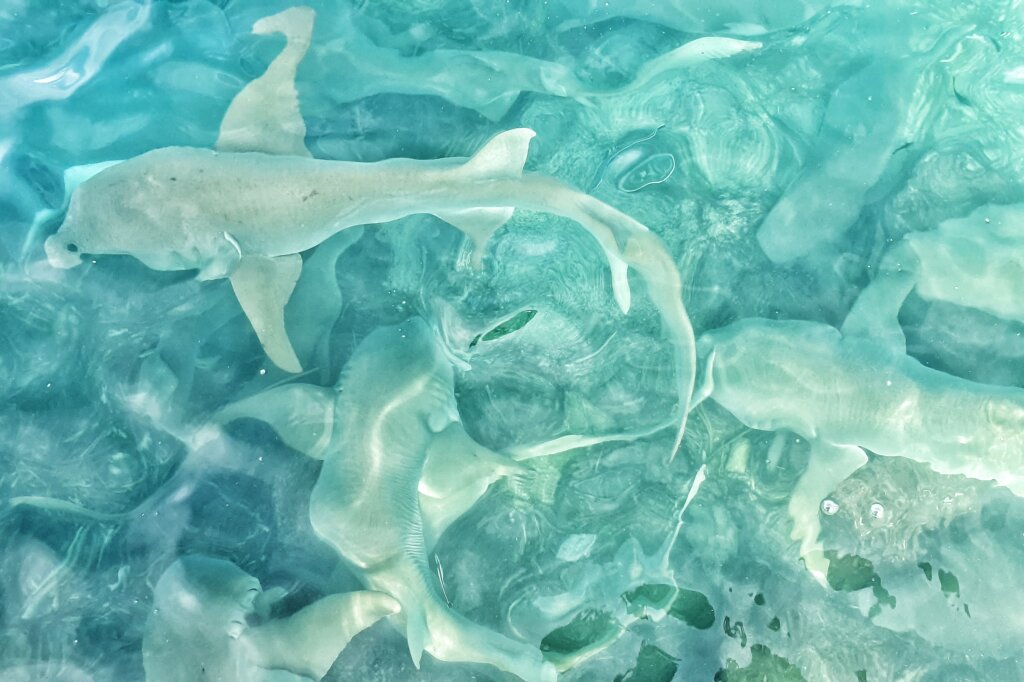
If you stay longer on Ukulhas and consider what else to do around the island, you can surely accept the entertainment offer and take norkel, dive or picnic boat trips to the neighbour Islands. The tours start from 60 dollar pp. If you travel on budget, you can visit Rasdhoo, an island that is 1 hour ride away, with the same public ferry you came to Ukulhas.
The Northern part of the island was probably a waste collection place, before it became a beach. This is the sad downside of many islands made for tourists.
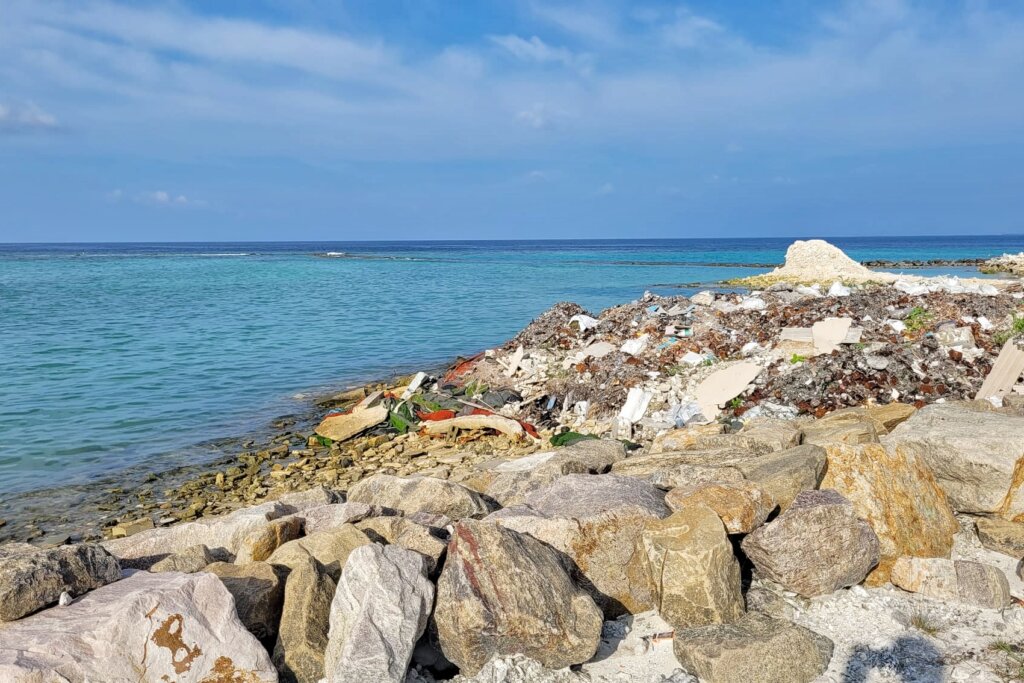
Hulhumale
Hulhumale belongs to the North Male atoll. It is an artificial island is being built up by pumping sand from the sea floor, in order to meet the existing and future housing, industrial and commercial development demands of the Malé region and as a response to the threat posed by rising sea level.
Building of the island started in 1997. It is divided in phases. How Phase 3 is being constructed. Actually, when we were there I actually could not believe that, as the palm trees were so tall!
On the islands very decent eateries and restaurants can be found. Finding good coffee could be a problem, as Neskafe or capsula coffee are mostly offered. We can recommend Charcoal as a place where you can dine, have a good coffee and a delicious dessert.
For families with kids many playgrounds are built on the island. Many of them in hslf-shade, so you can power out our little one even during the hottest hours. Supermarkets, bookshops, mini-markets are also available in abundance.
What else do you need to know before you go?
• Safety is excellent, or this was our impression. The crime rate is very low here, so Maldives is a safe destination also for solo female travelers.
• Tropical diseases are uncommon. Though there are many mosquitos, at dust and at night. The repellent we brought from Germany didn’t really help, so we bought a local one, Soffell, which did it job perfectly well!
• Excessive toilet paper can clog the toilet. Be cautious with this. Besides, there is no toilet brush in the toilet. You can use the toilet “shower” hanging on the wall to clean up.
• Shoes need to be taken off when entering a hotel or a supermarket (on the smaller islands)
• Dress-code for tourists is installed: walking around in bikini outside the beach is not recommended, as Maldives is a Muslim country.
• No alkohol can be bought or ordered on the islands (or at least we didn’t see it).
• At the restaurants the prices are subject to 6% GST and 10% service charge.
• Driving side is left. Take care which side you are looking first.
• Many shops and restaurants, especially on the smaller islands, are closed for couple of hours during the day, similar to Spanish siesta. Make sure you check the opening times before heading off.
• Maldivian Rufiyaa (MVR) is the local currency. For 1 Euro you will get 16 MVRs (status December 2022). The US dollar is also widely used and accepted by almost all places.
• Dhiveli is the native language, though most of the people speaking English (until 1965 Maldives were British protectorate for almost a century)
• On the Maldives the power plug sockets are of type D and G. The standard voltage is 230 V and the frequency is 50 Hz. If you travel from Europe, you’ll need an adapter.
• Visitors to the Maldives do not need to apply for a visa pre-arrival, regardless of their country of origin, provided they have a valid passport, proof of onward travel, and the money to be self-sufficient while in the country.
• Maldives claim to become plastic-free soon. In the supermarkets, for example, often tissue bags are used instead of plastic bags.
• On departure you need to fill in the traveller declaration form: https://imuga.immigration.gov.mv/ethd. You can do it up to 96 hours before departure.
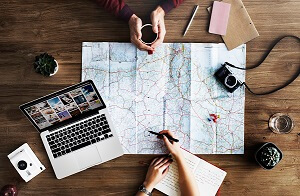
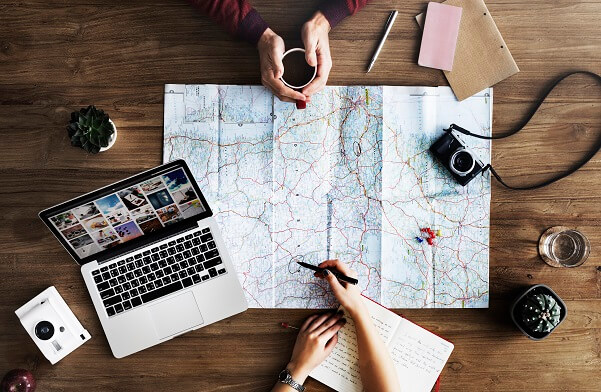
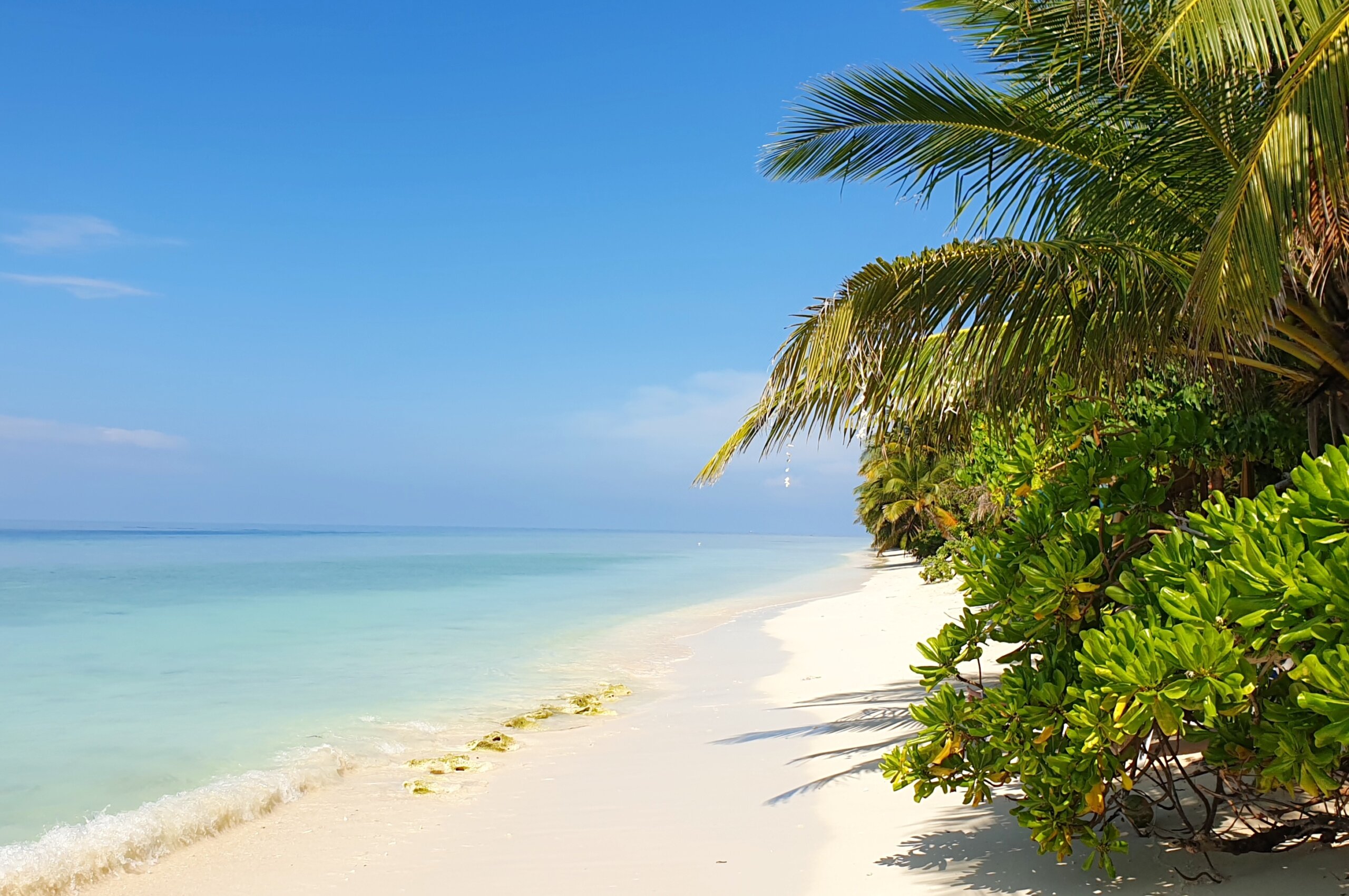


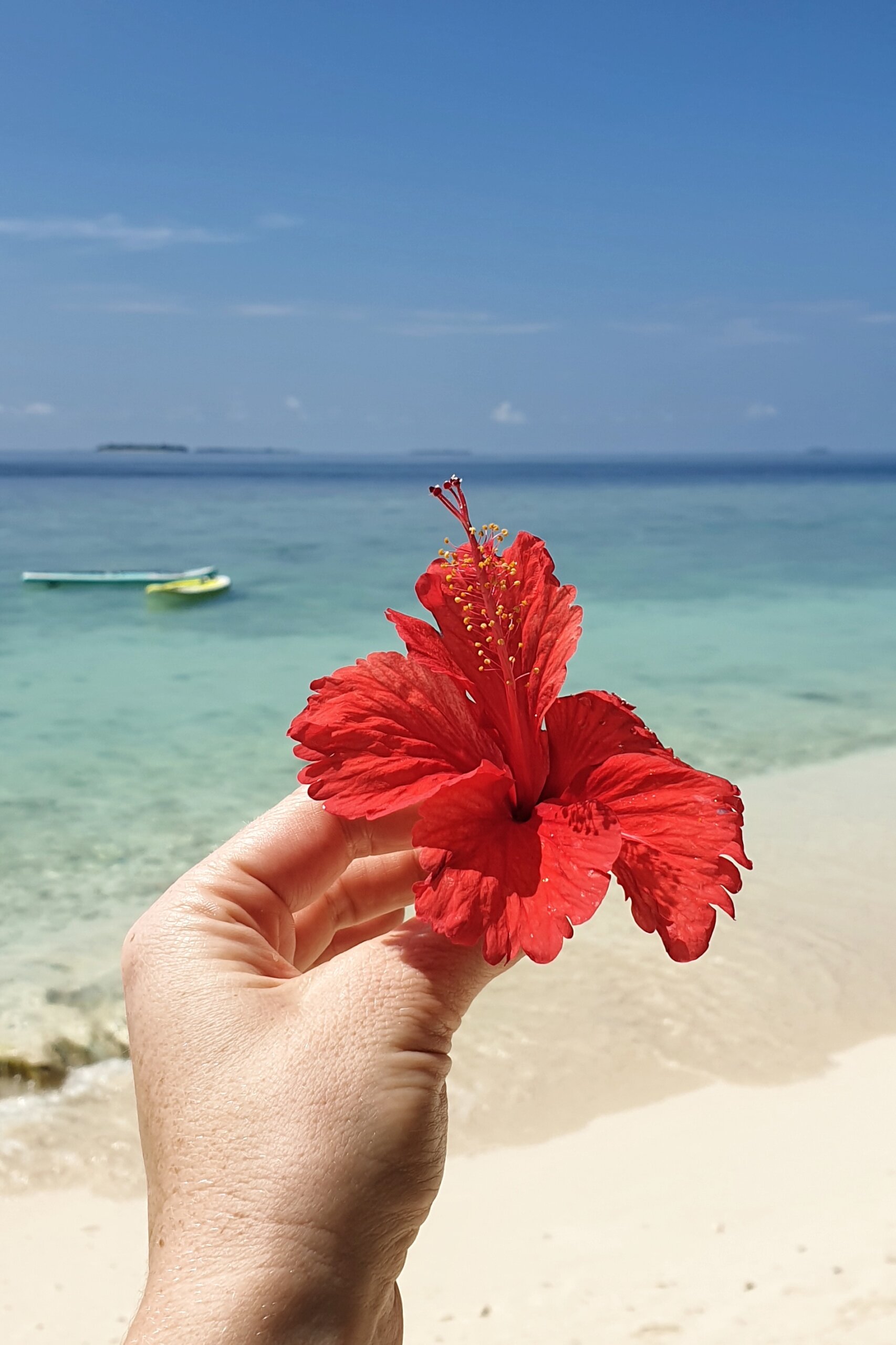
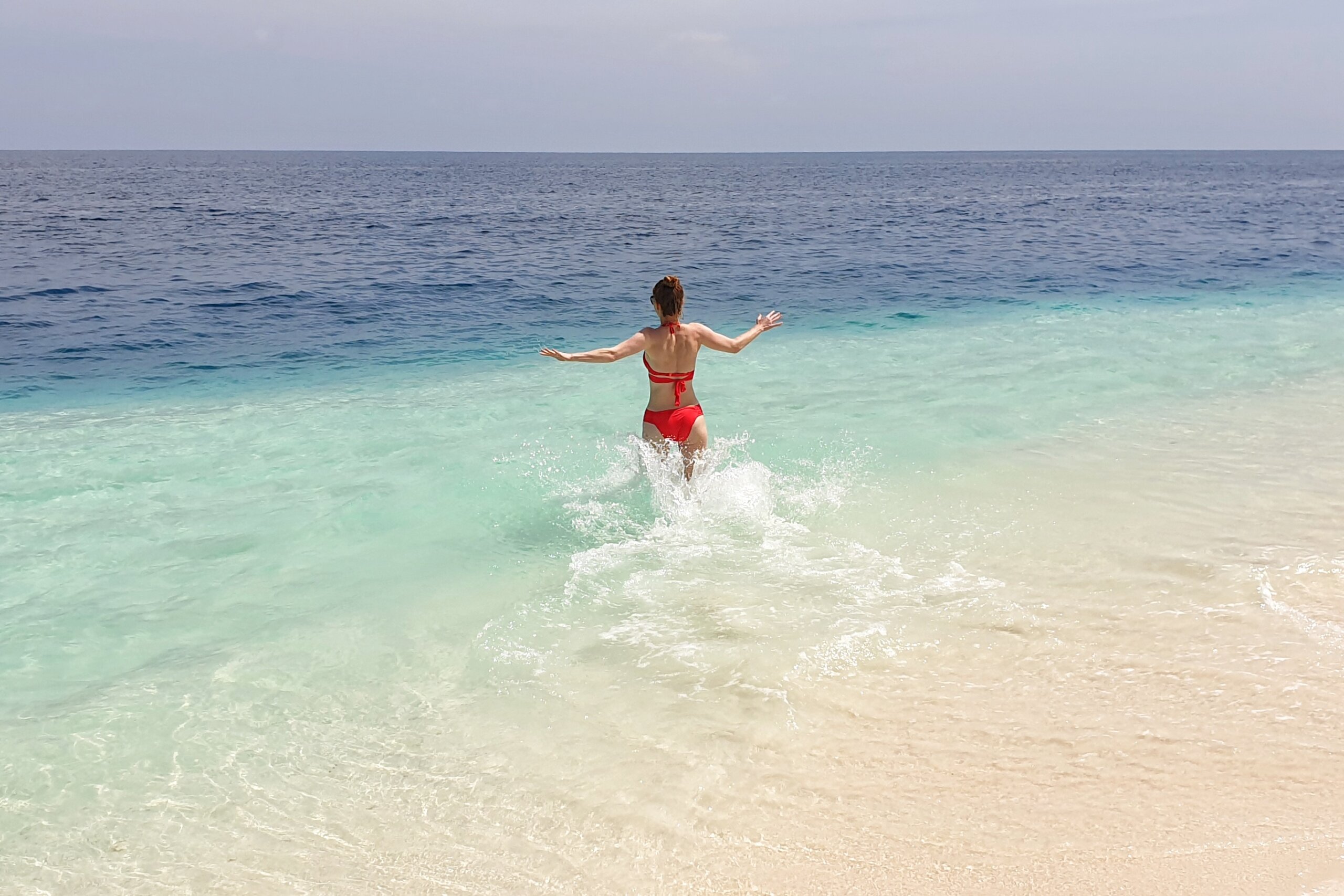

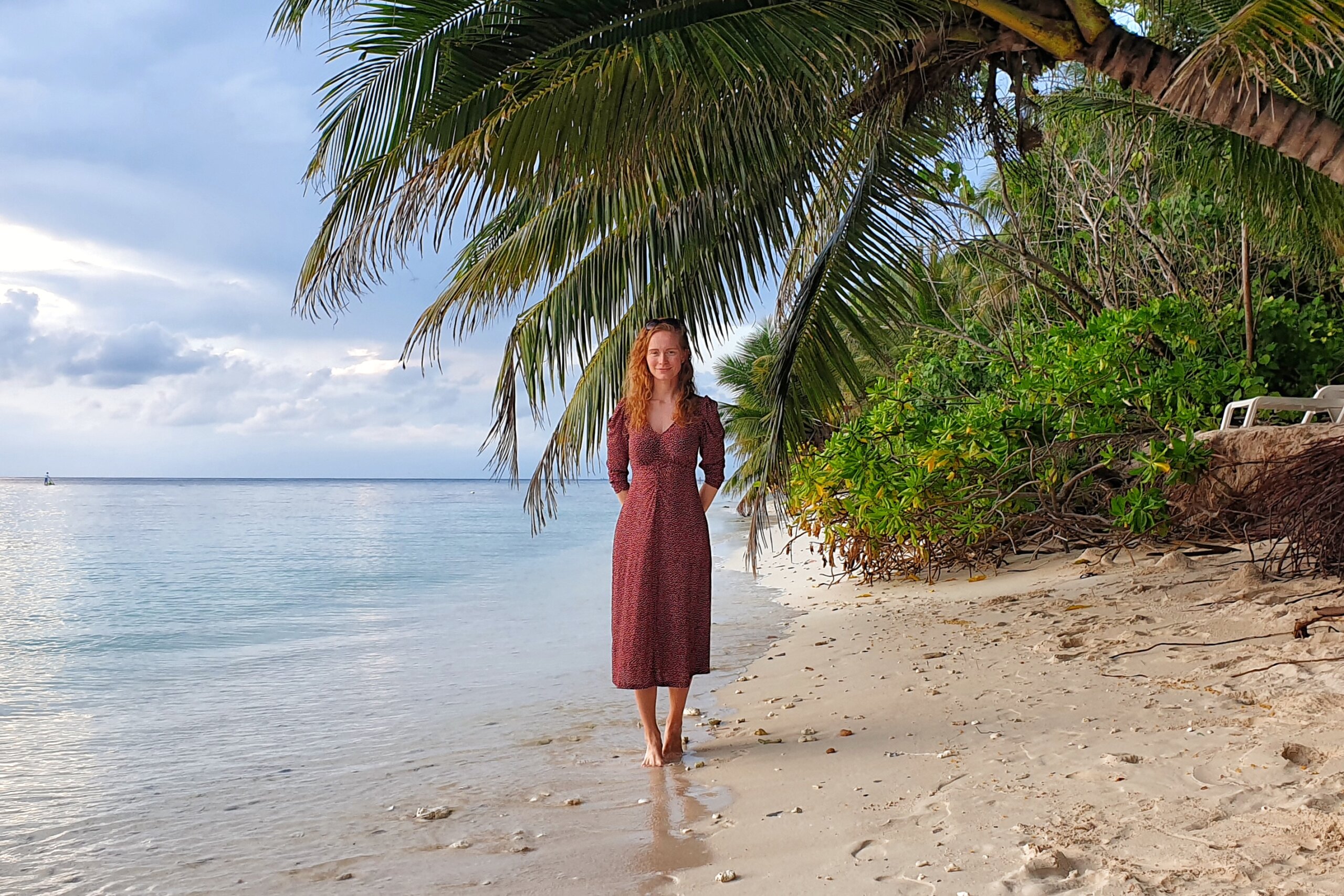

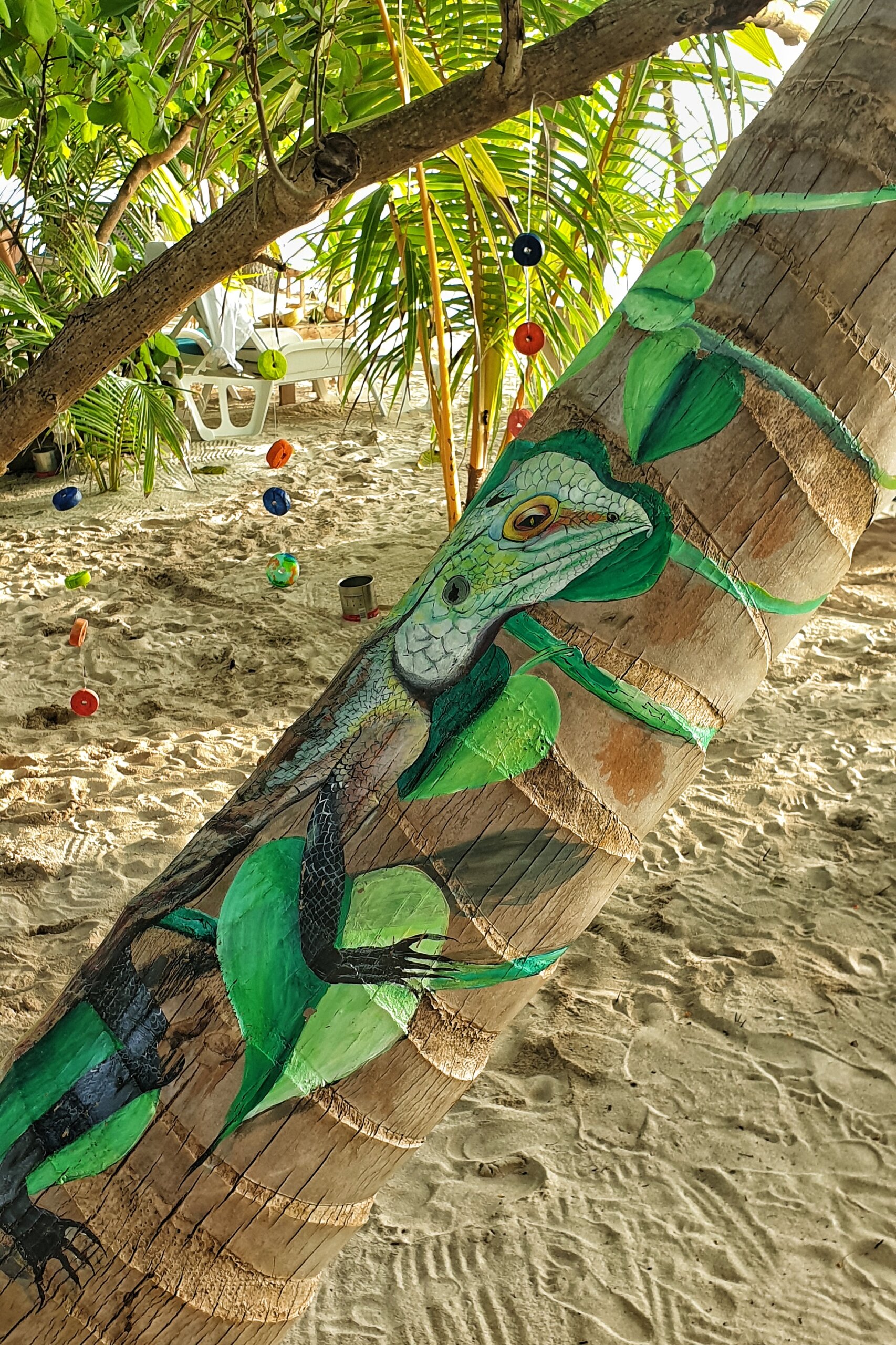
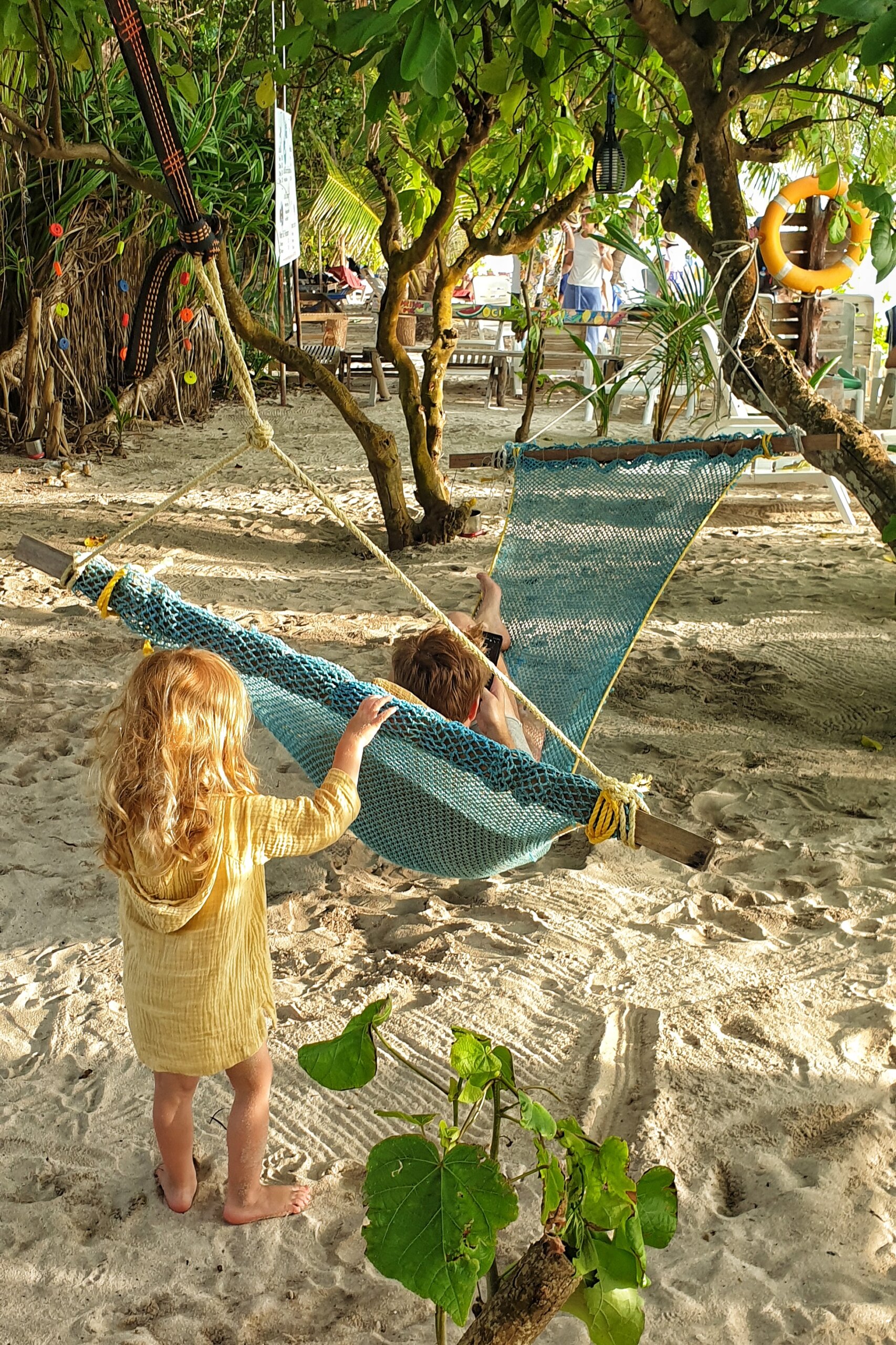
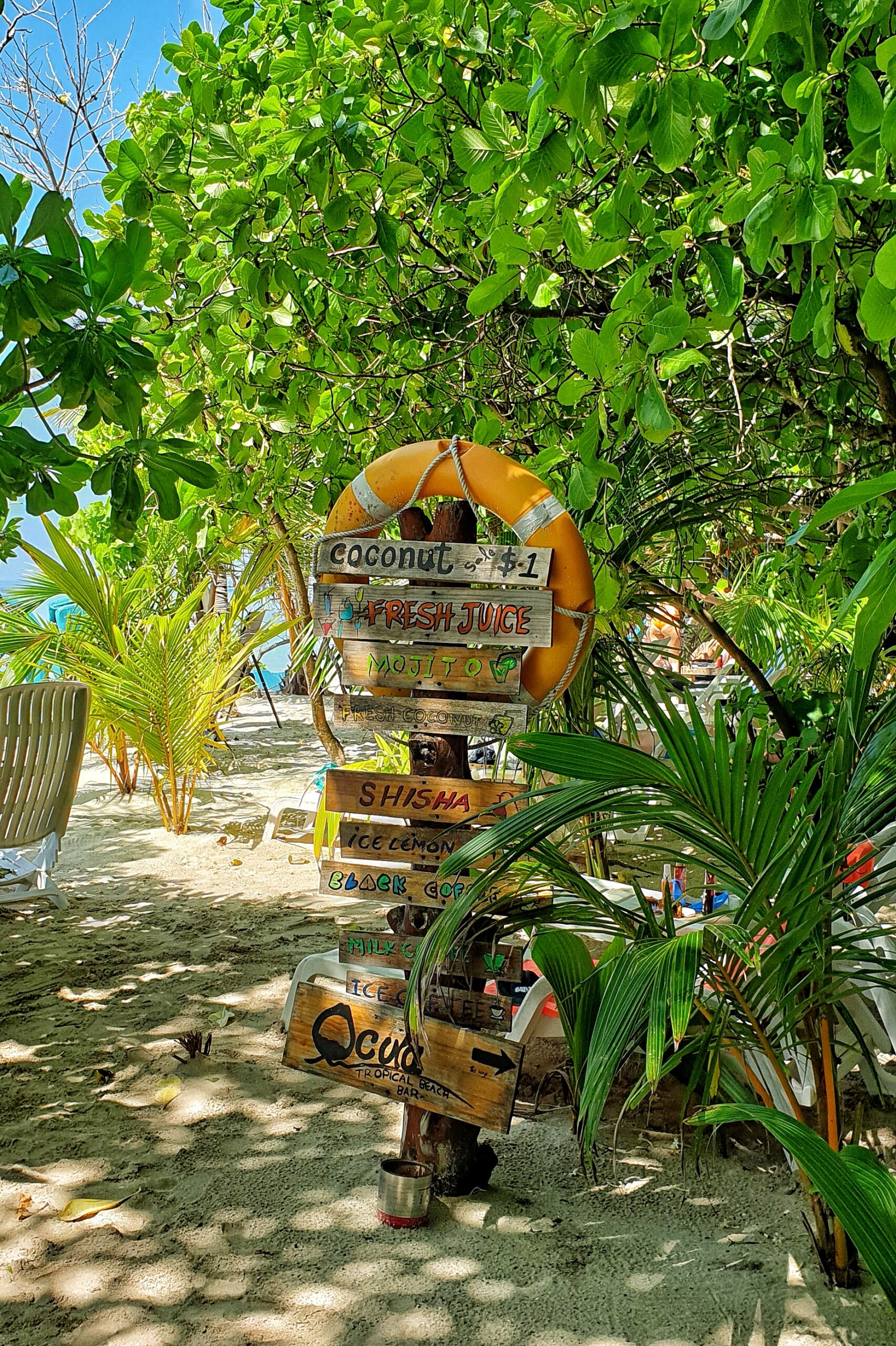
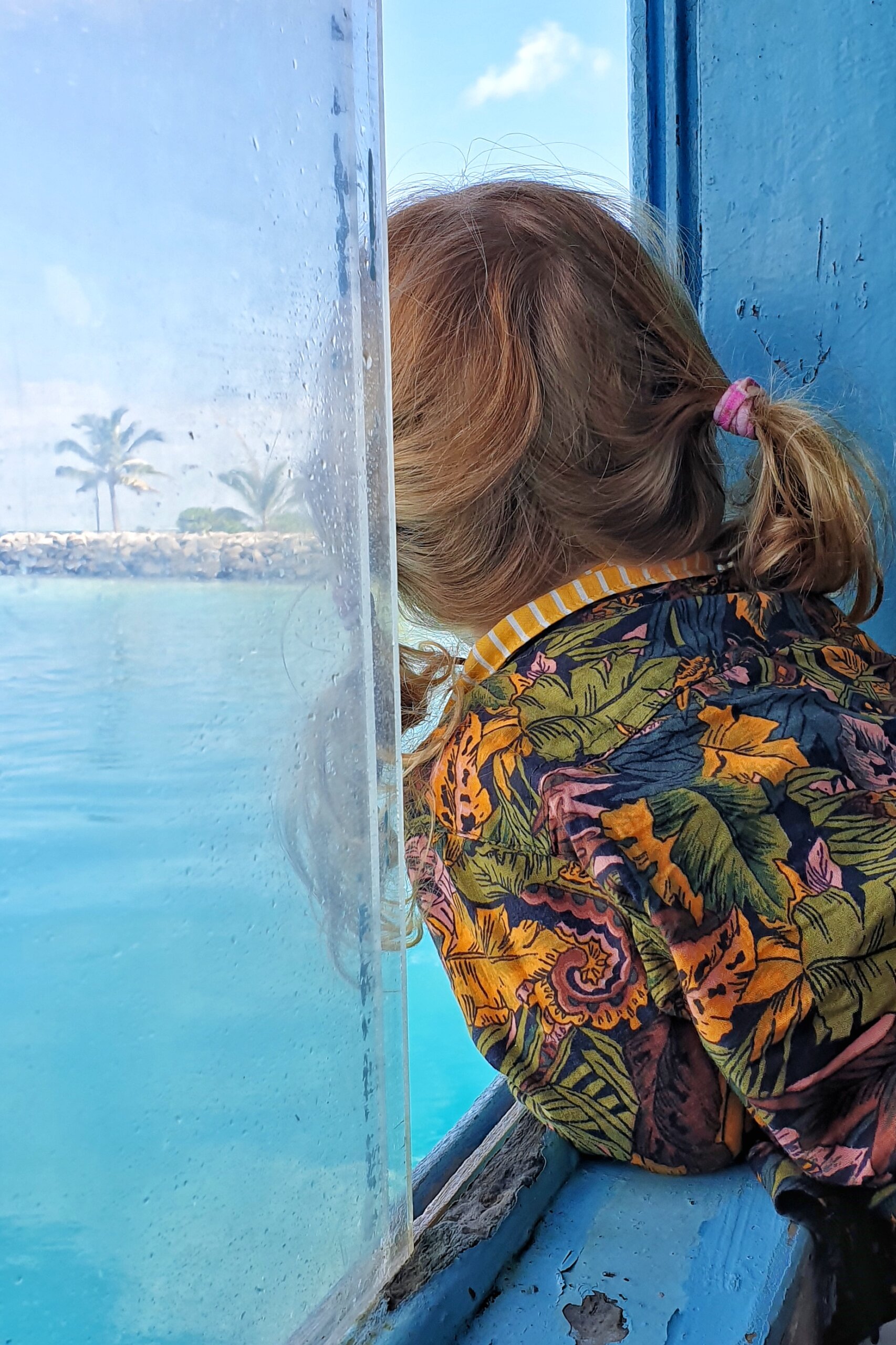
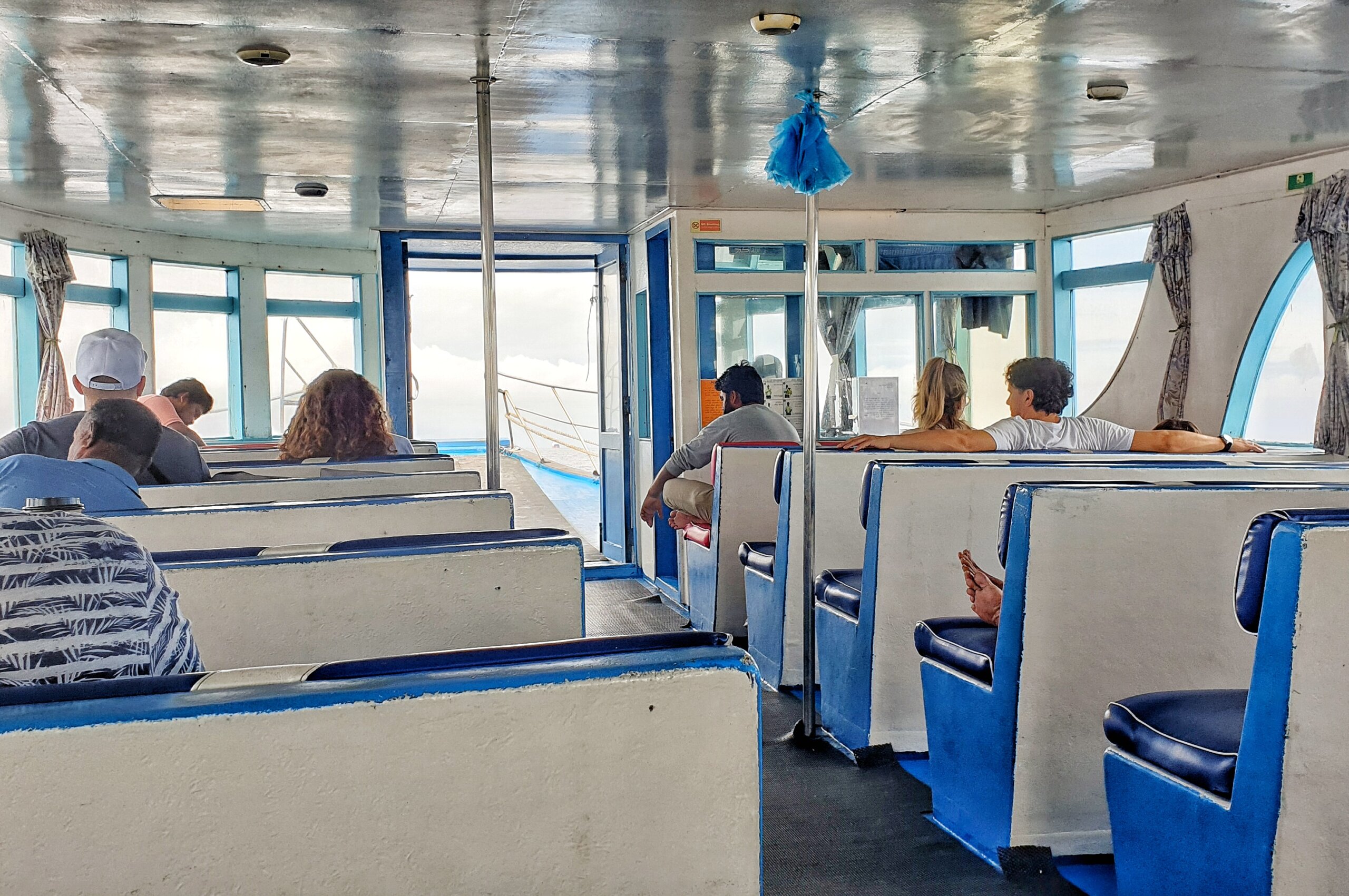
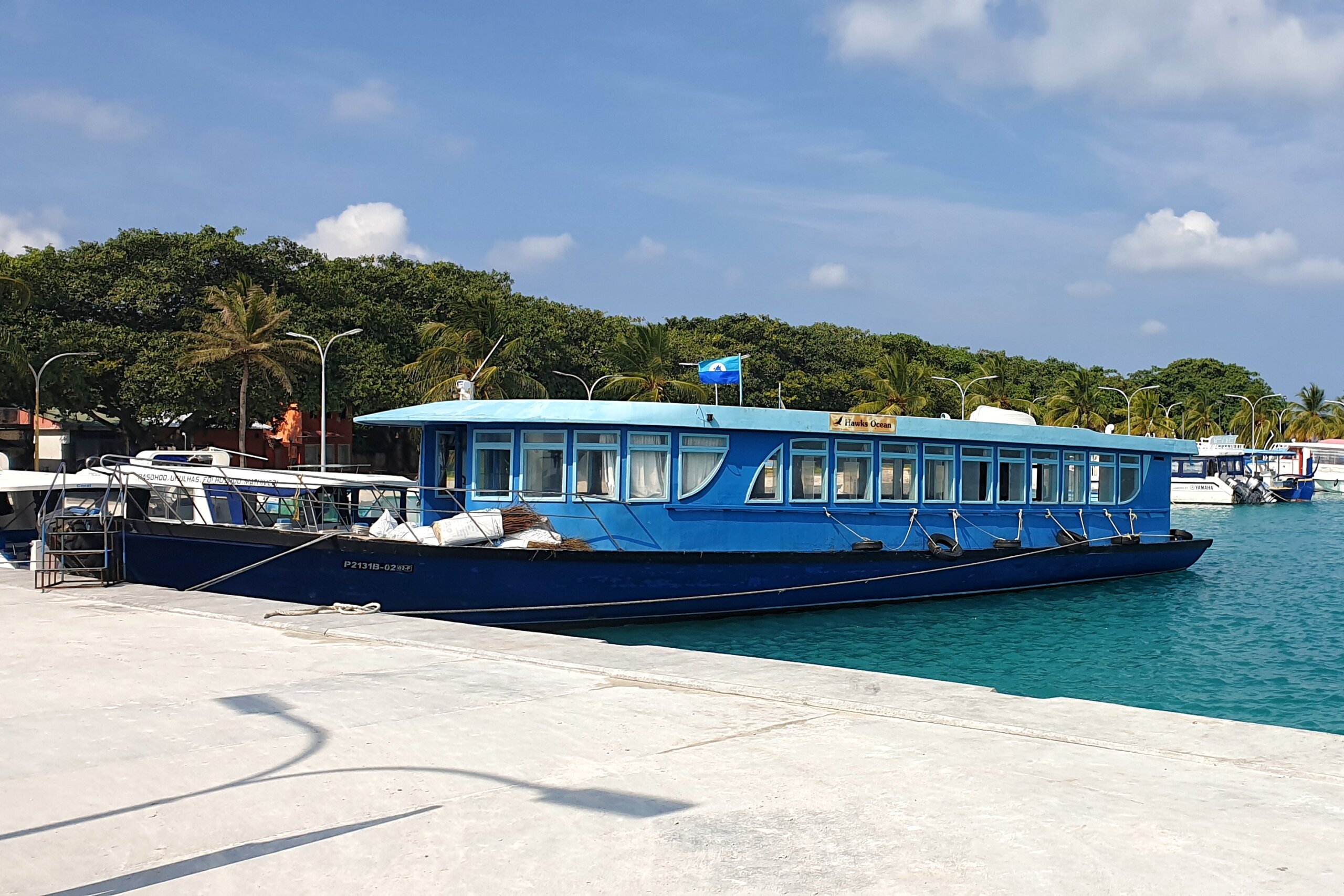

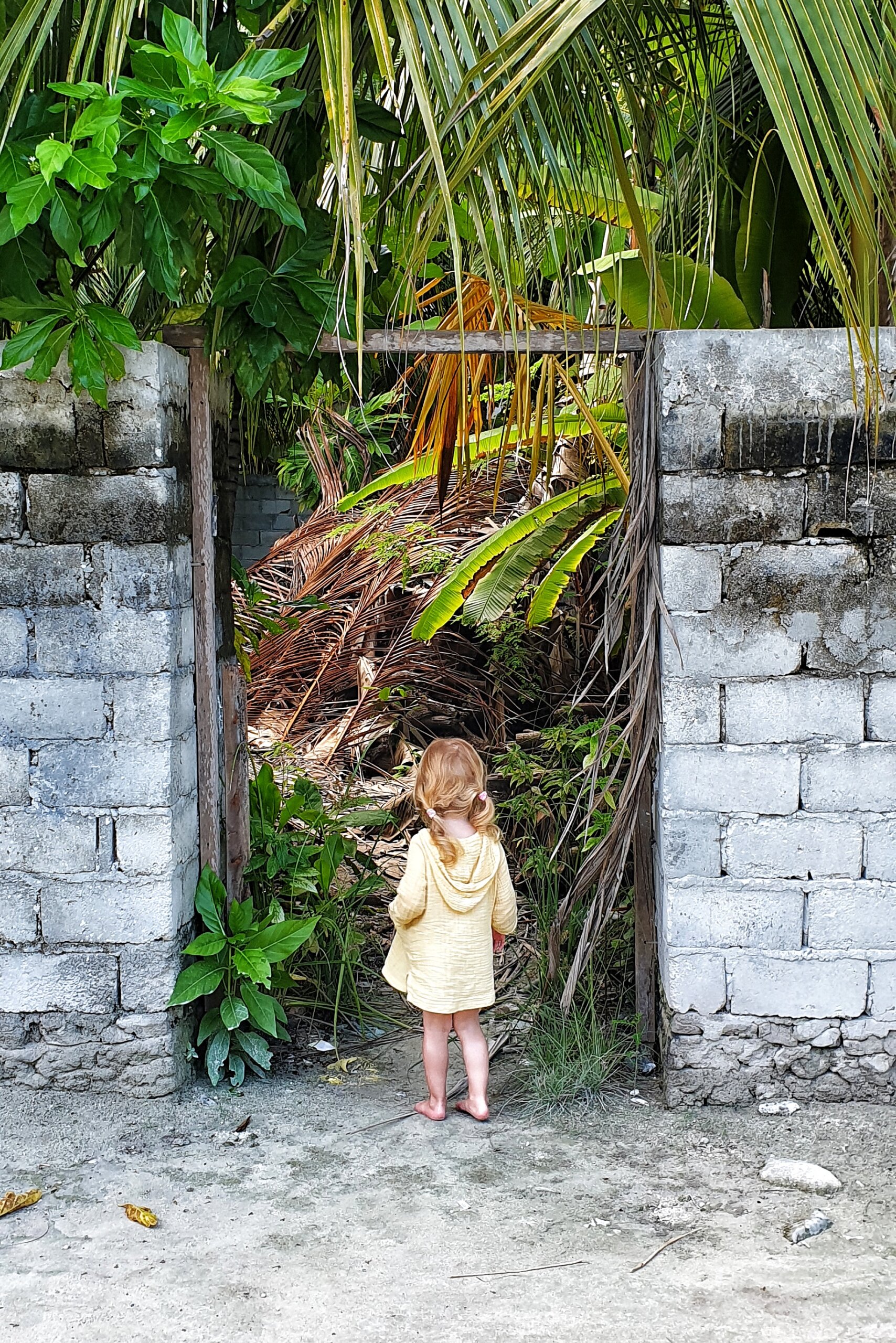
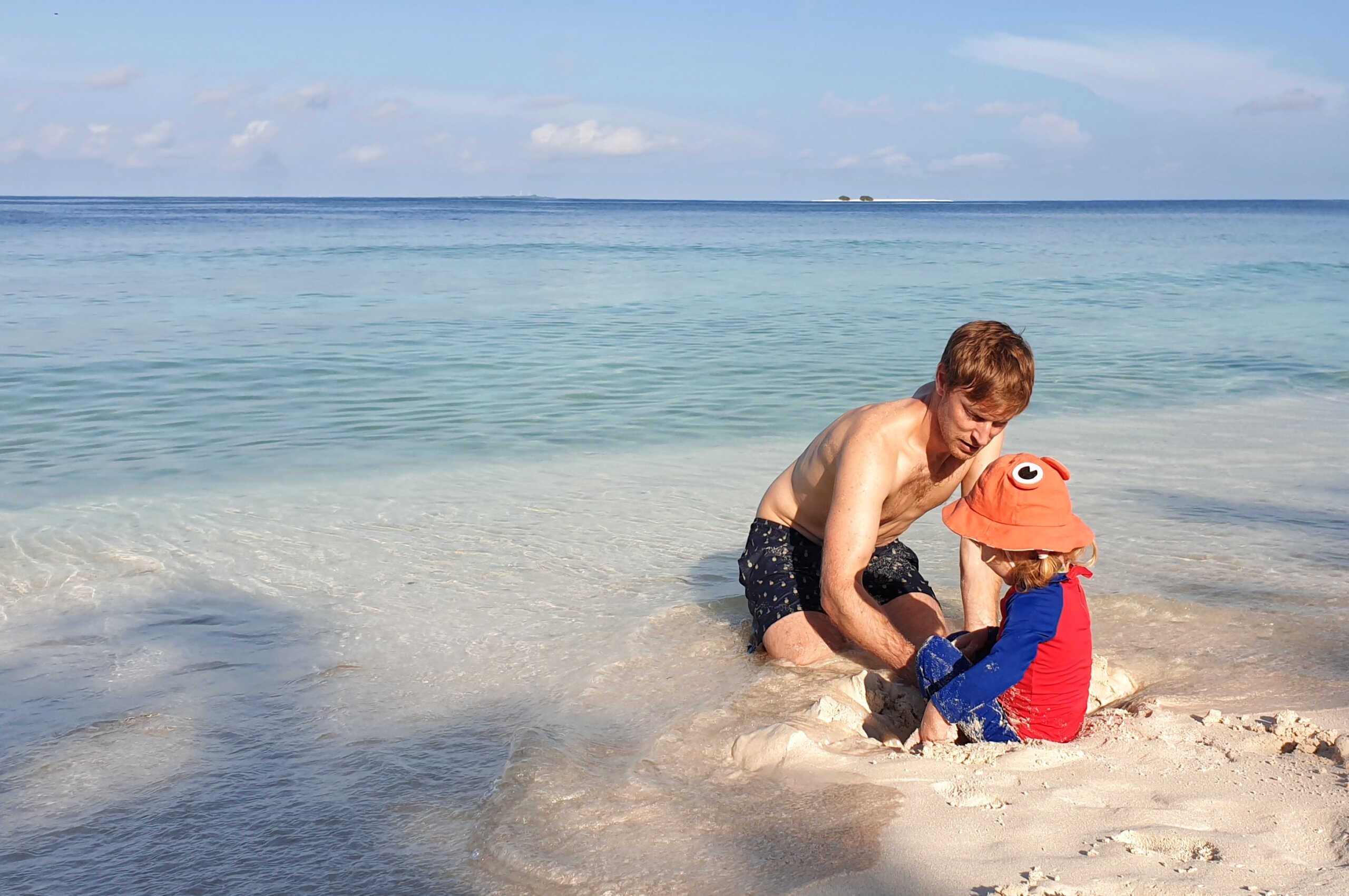
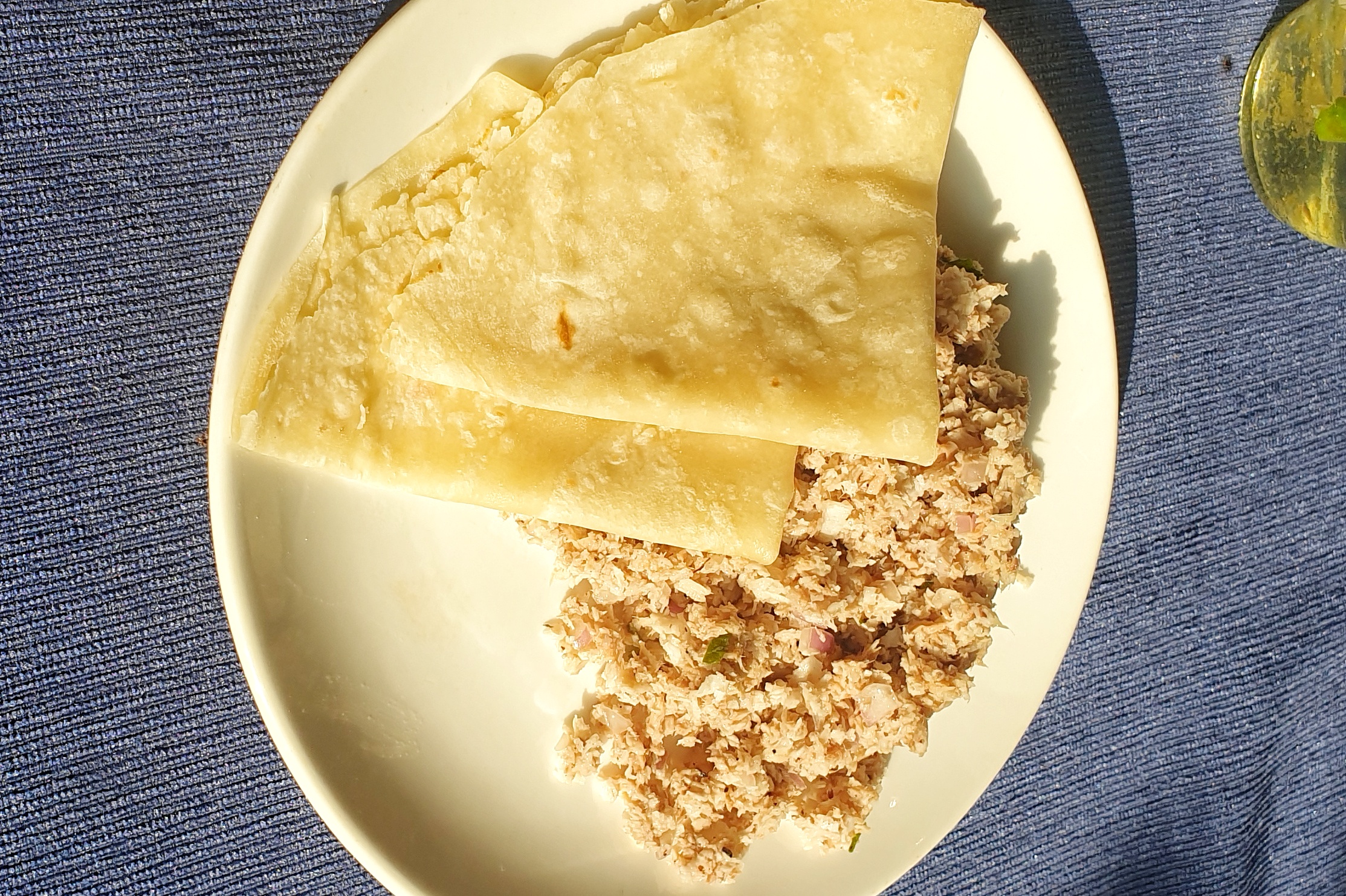
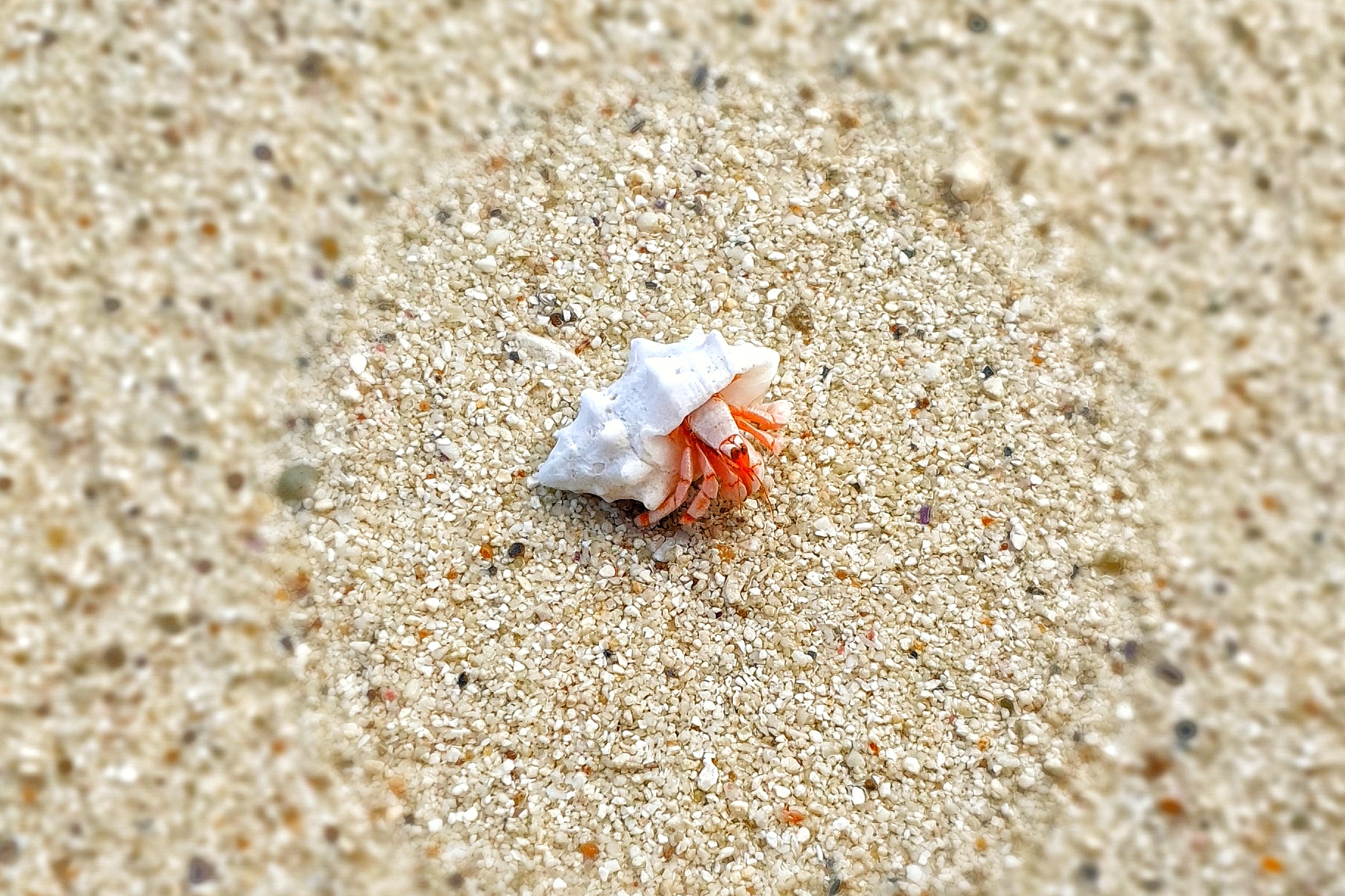
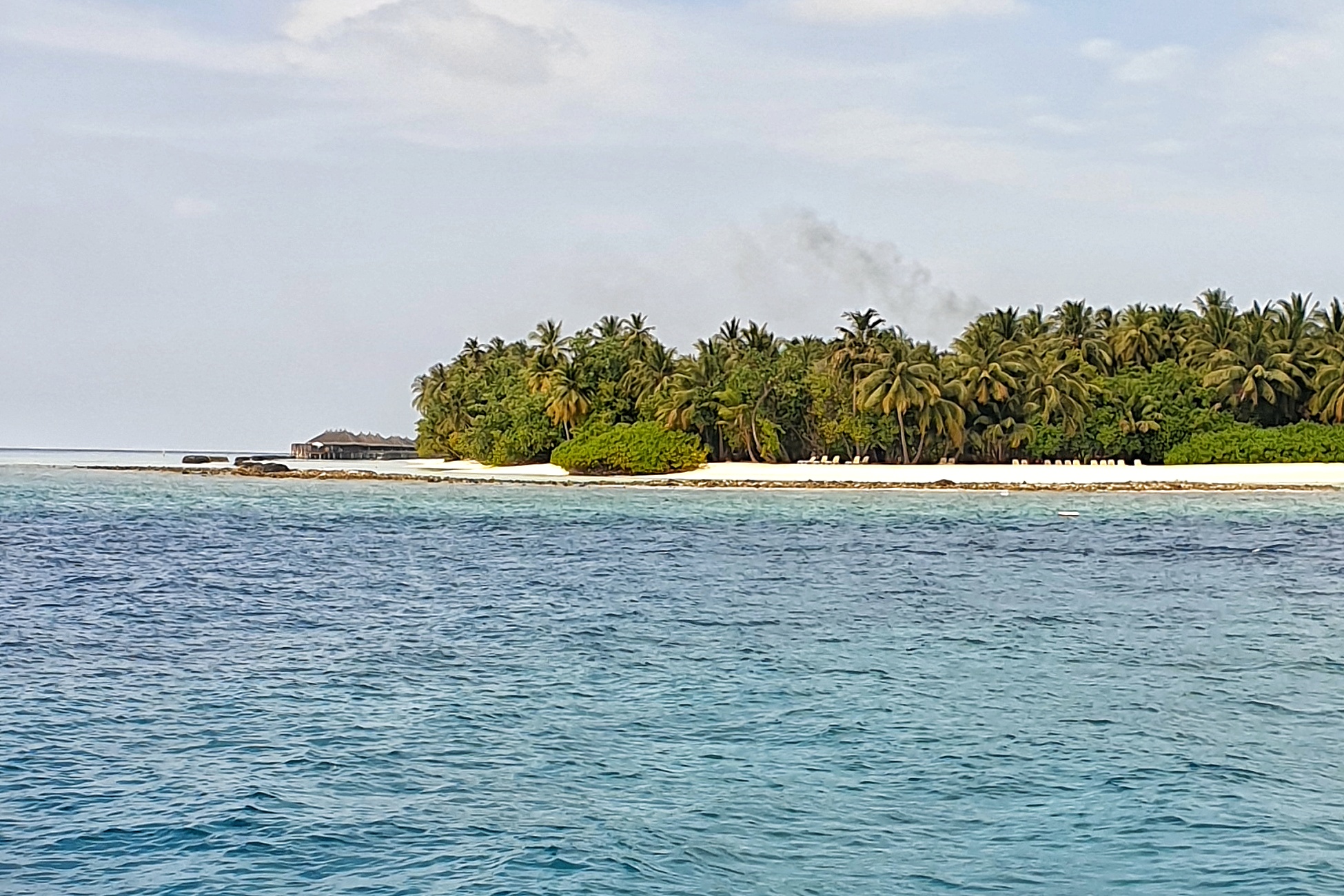


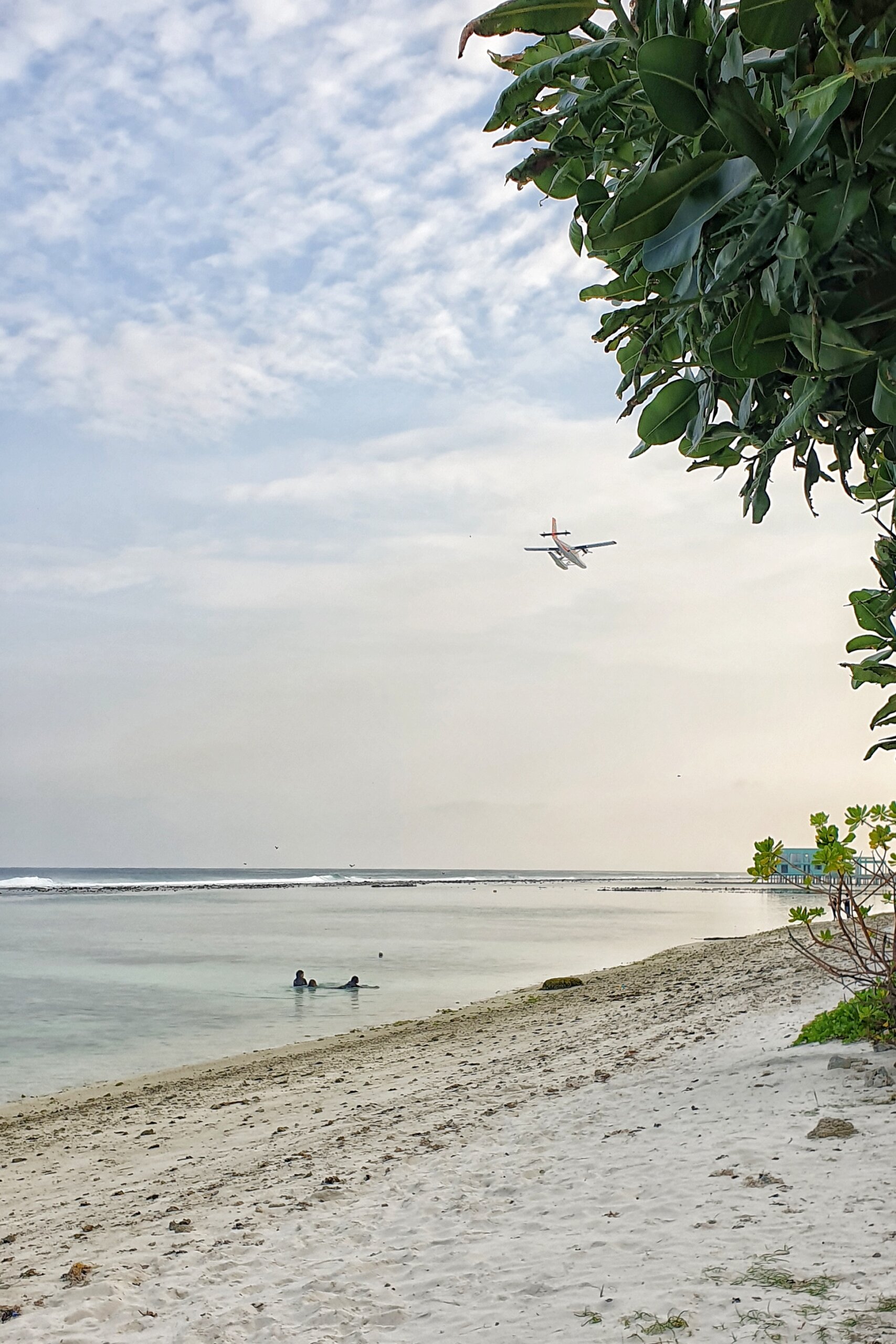

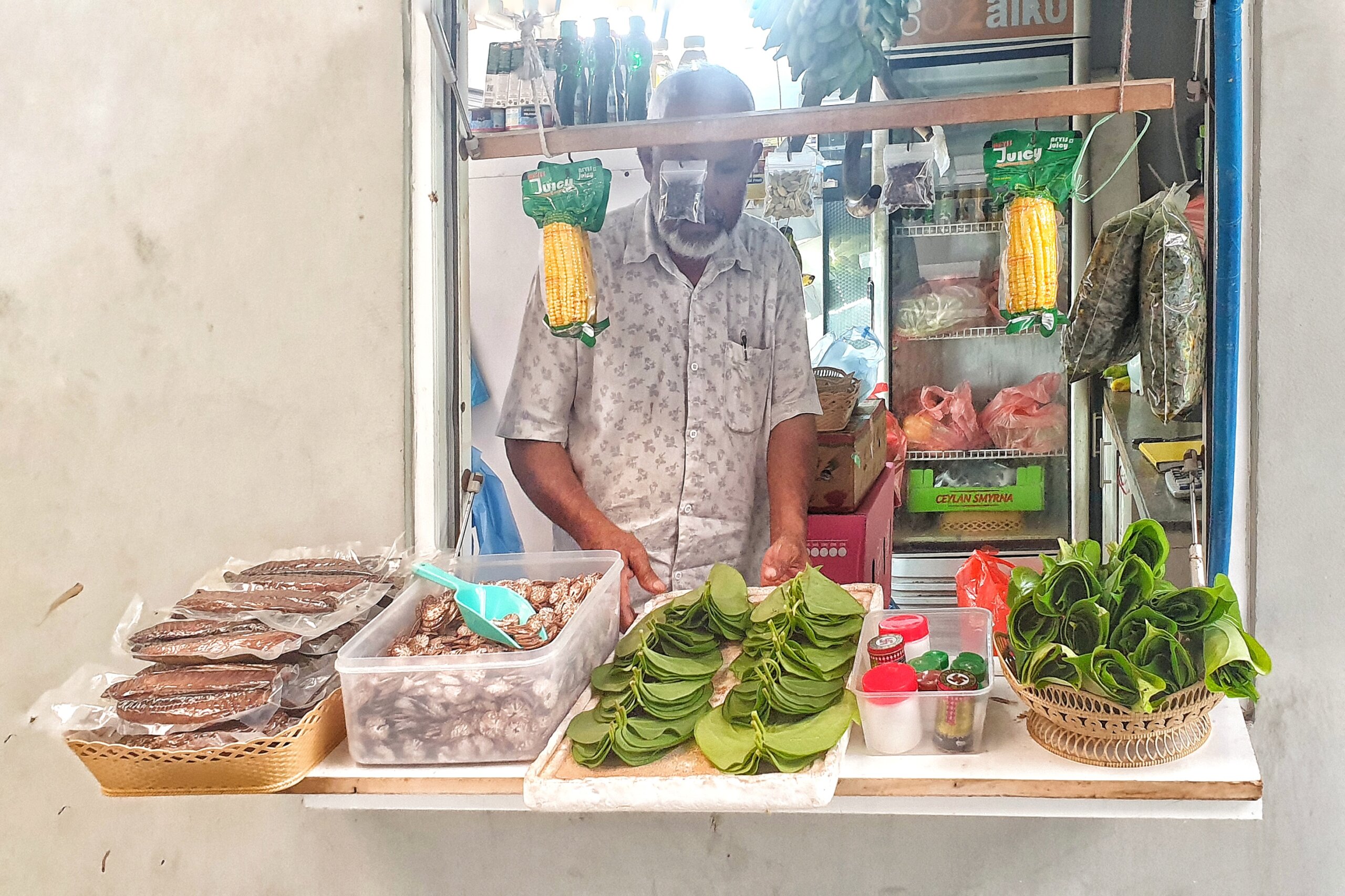

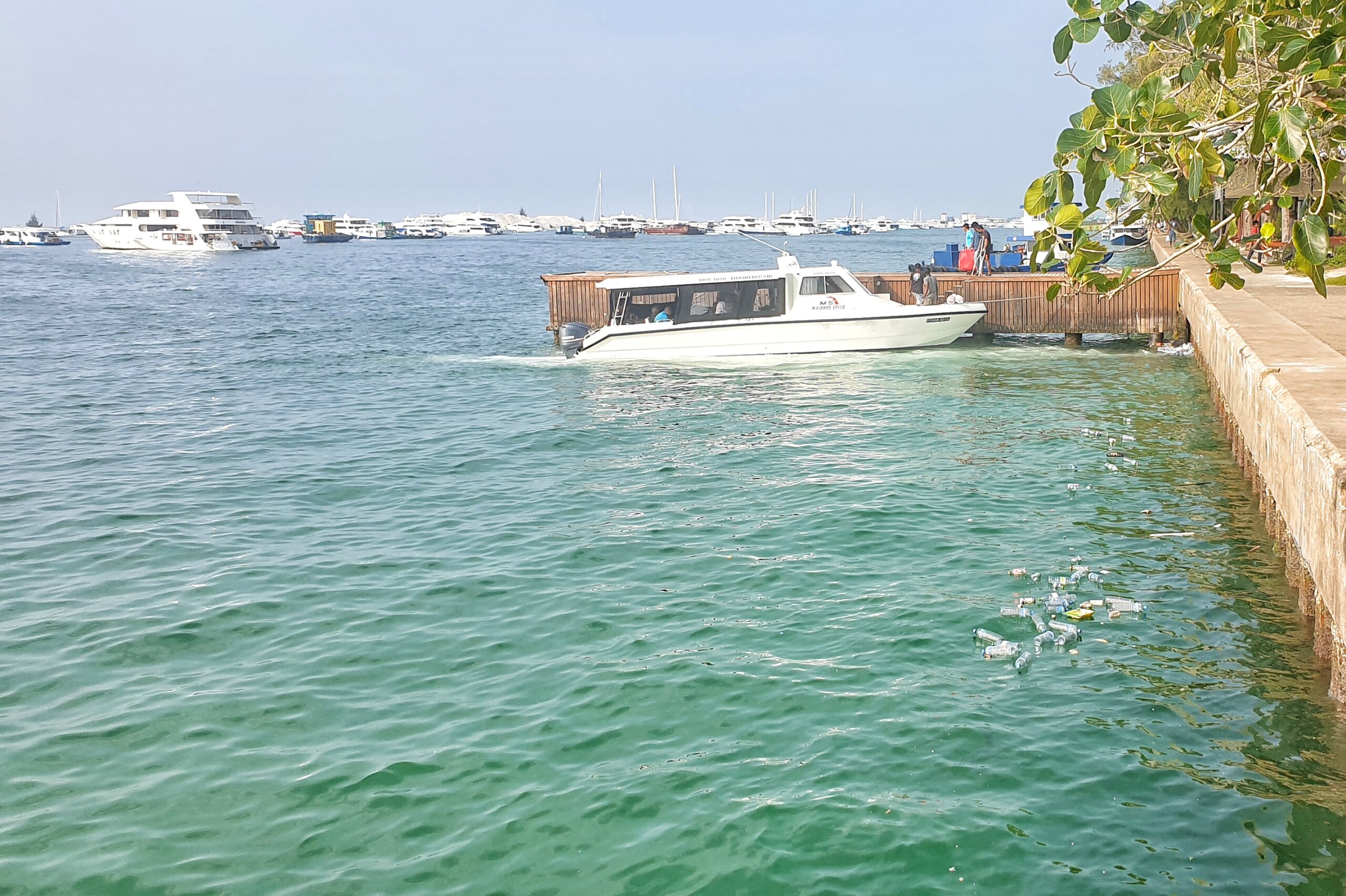
Leave A Comment